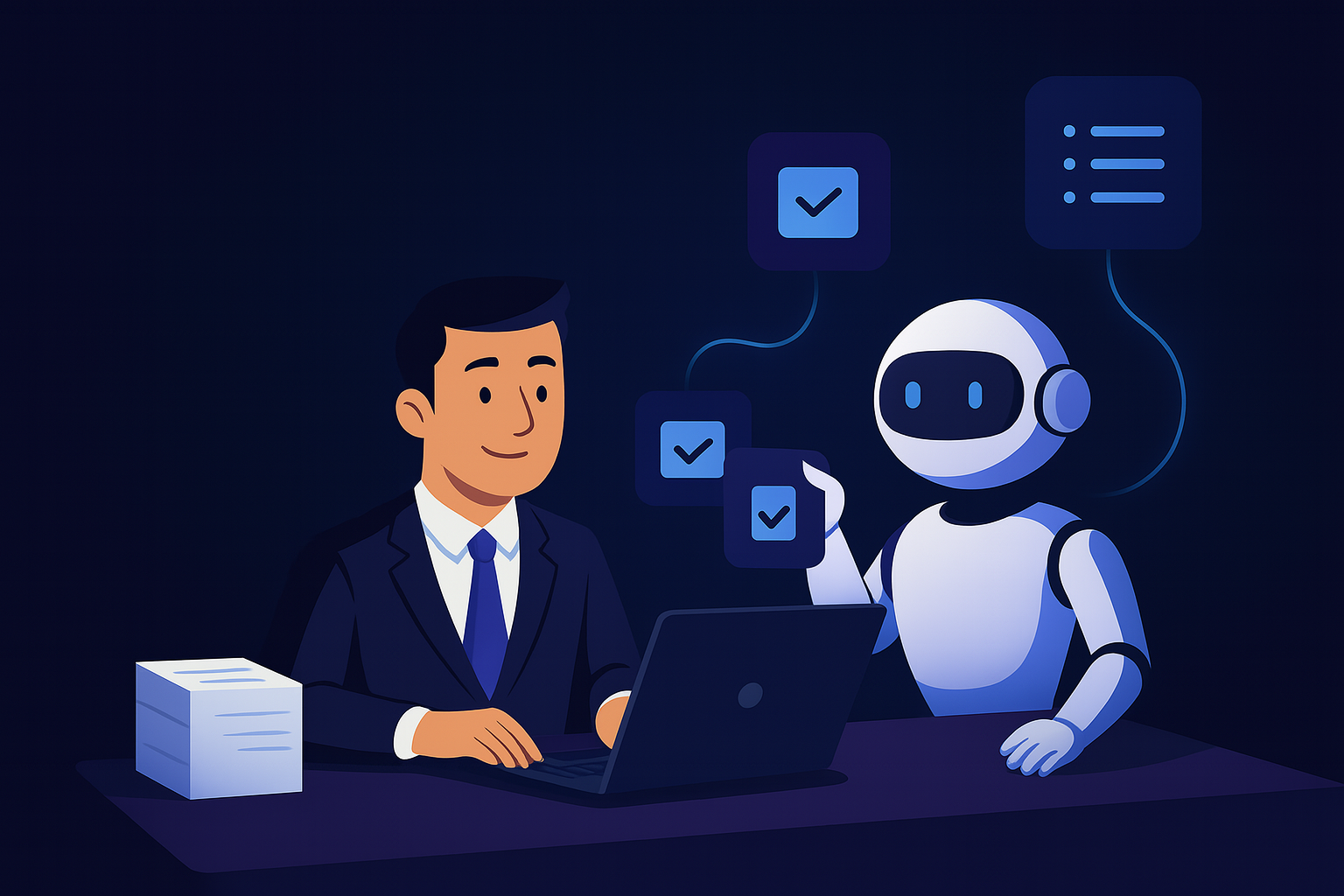As we move further into 2025, the landscape of business automation is undergoing a profound transformation. The emergence of AI agents powered by Large Language Models (LLMs) has opened up new possibilities for automating complex, dynamic workflows that were previously resistant to automation. In this article, we’ll explore how these intelligent agents are changing the way businesses operate and what this means for the future of work.
The Evolution of Business Automation
Business automation has evolved significantly over the past few decades:
1. Rule-Based Automation
First Wave: The earliest automation tools relied on rigid, predefined rules. These systems could handle simple, repetitive tasks but struggled with exceptions or variations.
Limitations: Any change in process required manual reconfiguration, and these systems couldn’t adapt to new situations or handle complex decision-making.
2. API-Based Integration
Second Wave: The next evolution brought API-based integrations that allowed different systems to communicate and share data, enabling more sophisticated automation flows.
Limitations: While more flexible than rule-based systems, these integrations still required significant technical expertise to set up and maintain, and they lacked the ability to handle unstructured data or make complex decisions.
3. AI-Powered Automation
Current Wave: Today, we’re witnessing the rise of AI-powered automation platforms that leverage Large Language Models to create intelligent agents capable of understanding context, making decisions, and executing complex tasks.
Capabilities: These AI agents can process unstructured data, understand natural language instructions, adapt to changing conditions, and even learn from feedback to improve over time.
How AI Agents Are Transforming Business Processes
AI agents are revolutionizing business automation in several key ways:
1. Handling Complex, Dynamic Workflows
Unlike traditional automation tools that struggle with variability, AI agents excel at handling workflows that require judgment, context awareness, and adaptation. For example, an AI agent can review a contract, identify non-standard clauses, assess their risk level, and route them to the appropriate team members for review.
2. Processing Unstructured Data
A significant portion of business data exists in unstructured formats like emails, documents, images, and audio files. AI agents can extract relevant information from these sources, transform it into structured data, and use it to drive automated processes.
3. Natural Language Interaction
AI agents can understand and generate natural language, making it possible to automate communication-heavy processes like customer support, sales outreach, and internal knowledge sharing.
4. Continuous Learning and Improvement
Perhaps most importantly, AI agents can learn from their interactions and outcomes, continuously improving their performance over time without requiring manual reprogramming.
Real-World Applications
Businesses across industries are already leveraging AI agents to transform their operations:
Customer Service
AI agents can handle initial customer inquiries, gather relevant information, resolve common issues, and seamlessly escalate complex cases to human agents with all the necessary context.
Marketing and Sales
From content creation to lead qualification, AI agents are streamlining marketing and sales processes. They can analyze customer data, generate personalized outreach messages, and even conduct initial sales conversations.
Operations and Supply Chain
In operations, AI agents are being used to monitor supply chain disruptions, predict maintenance needs, optimize inventory levels, and coordinate complex logistics processes.


